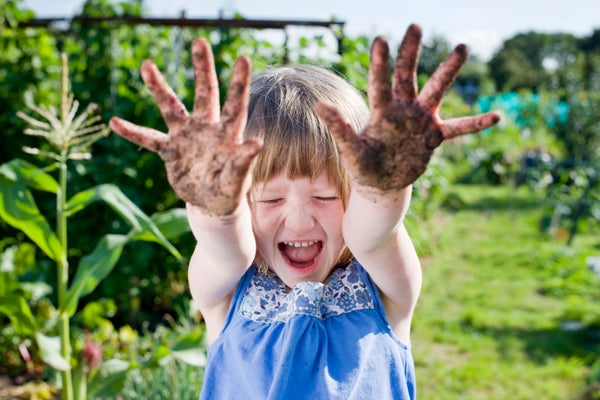This article was published in Scientific American’s former blog network and reflects the views of the author, not necessarily those of Scientific American
Back in high school, one of my teachers posed a question about what we thought might be the last item most Americans had read. This was in pre-smartphone days, so our guesses went from books to newspapers to magazines to the comics section to the titles at the bottom of the nightly news. I don’t remember the source of my teacher’s answer (a menu), but I do remember the protests from various classmates about what should “count” as reading. That moment pops into my head when I hear arguments about people not “really” reading on their digital devices or debates about whether texts can be considered a “real” conversation. So, it shouldn’t come a surprise that the same exclusionary instincts spill over into opinions – even my own – about what should “count” as a science experience for kids.
Spending time on the pedagogy/advocacy side of STEM can yield side effects that frame the world in terms of measurable outcomes. It starts with a daycare notification about the science activity for the day involving dropping food coloring in containers of milk, and the niggling voice asking whether that is science or art. I mean, it’s not like the teachers are explaining the phenomenon, right? Without context, shouldn’t building with blocks be labelled as motor skills and not engineering? Suddenly those voices are building more silos instead of breaking out of them. I am thankful for the voices of my informal-education peers bringing me back to reason. And I am thankful for reality reminding me that toddlers are toddlers, and they will learn as much about the world as we will let them.
Watching young children interact with the world can provide an important reminder of science as a process and frame of mind rather than scope of content. Trying the same puzzle piece in every orientation in every slot is part of a systematic approach to problem solving. Modelers trying to represent a new phenomenon have to start out the same way, and geneticists might be reminded of their own shotgun approaches.
On supporting science journalism
If you're enjoying this article, consider supporting our award-winning journalism by subscribing. By purchasing a subscription you are helping to ensure the future of impactful stories about the discoveries and ideas shaping our world today.
Talking with young children, I often find myself pulled into surprisingly abstract conversations. Why can certain things come apart, but others are called broken? And then why can some broken things never be fixed? Requests for toast that is hot but not crunchy or oatmeal that is wet but not “floaty” push my own linguistic precision and problem-solving skills. Toddlers, like great innovators, don’t pause to ask if the thing they want is possible.
Dropping food dye in milk isn’t just about watching something cool; it’s about standing there and letting something completely unexpected happen. The first astronauts walking on the Moon were taking the same adventure as toddlers bounding into the snow for the first time. When so much of the science education and communication narrative gets spent on (rightly) fighting back against pseudoscience, it is easy to get sucked into constructing walls, identifying a right kind of curiosity, an acceptable level of risk, or drawing lines between observant and impolite. Young thinkers deserve to have those options left wide open. I will keep reminding myself that one person’s gross, messy, or presumptuous might be another person’s inspiration or breakthrough. I will try to step back and leave room for as much wonder and as many questions as possible.
